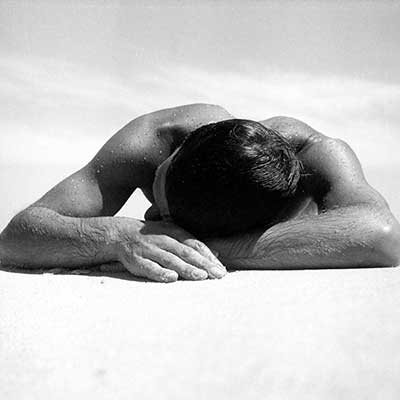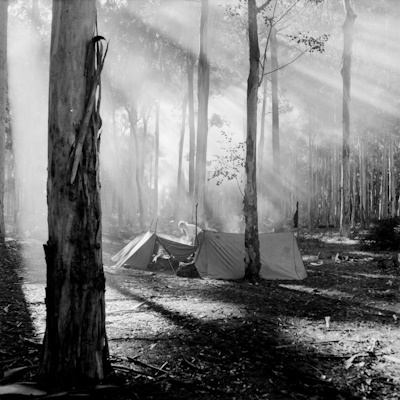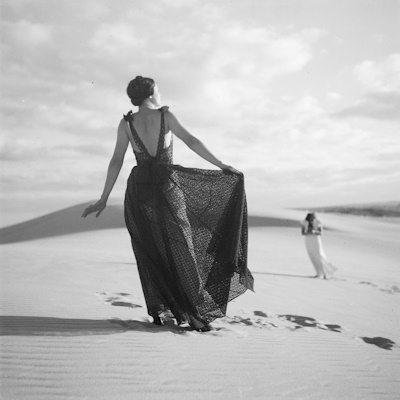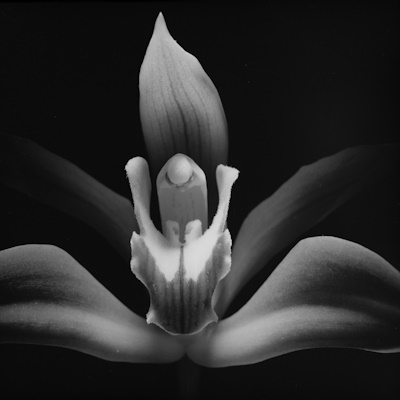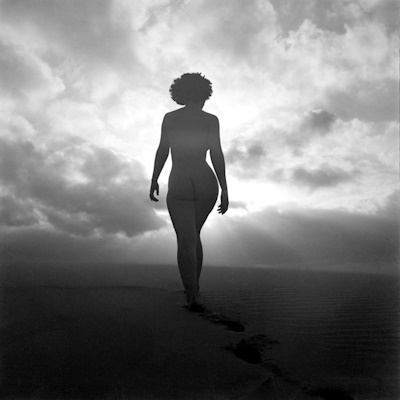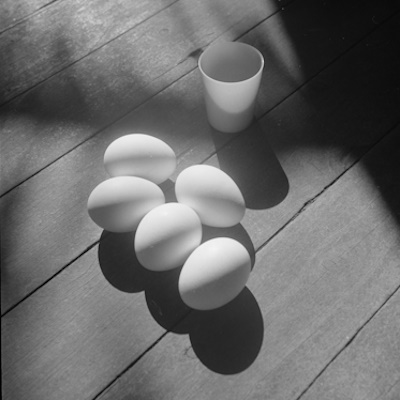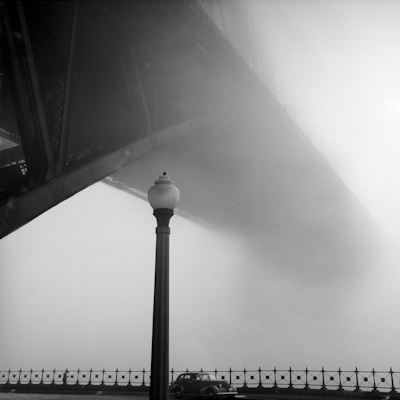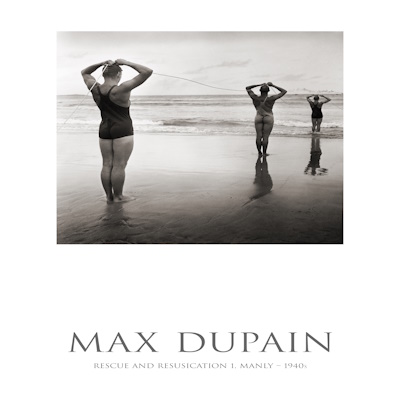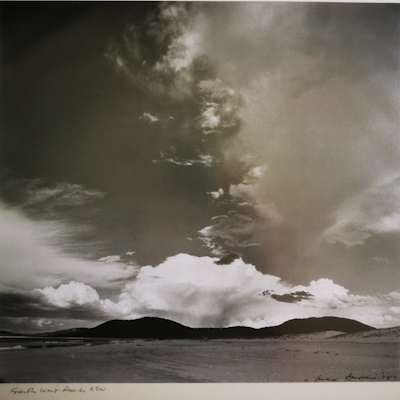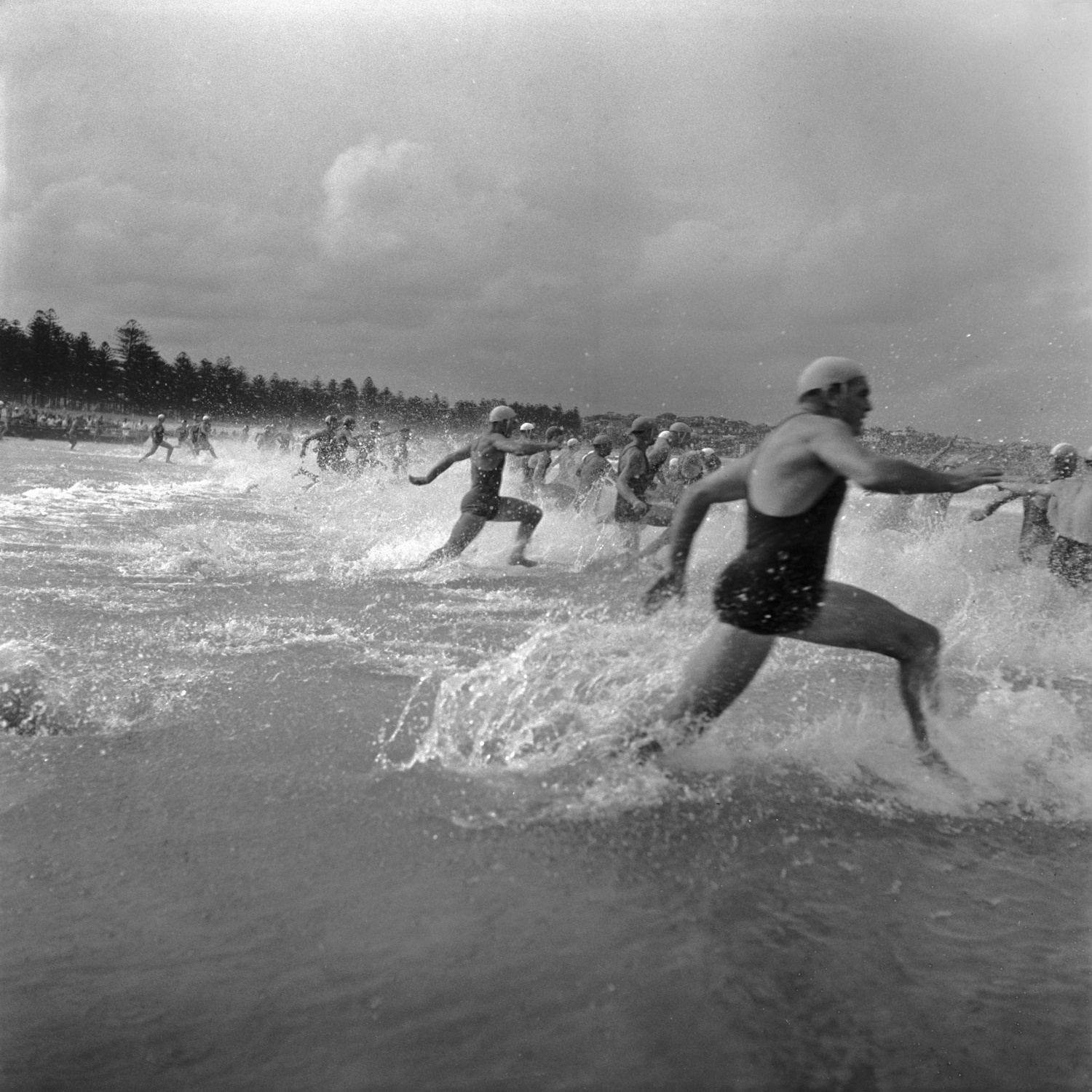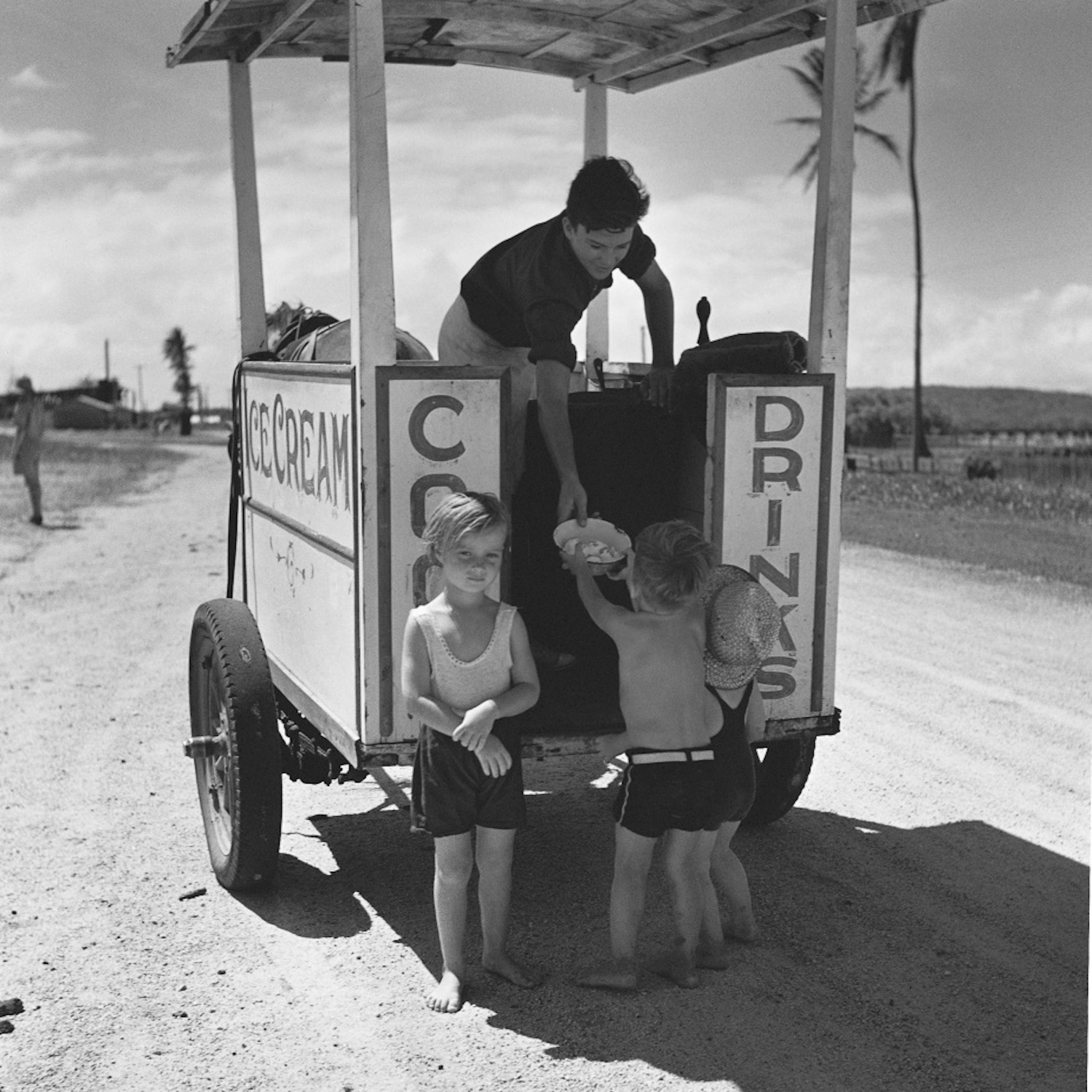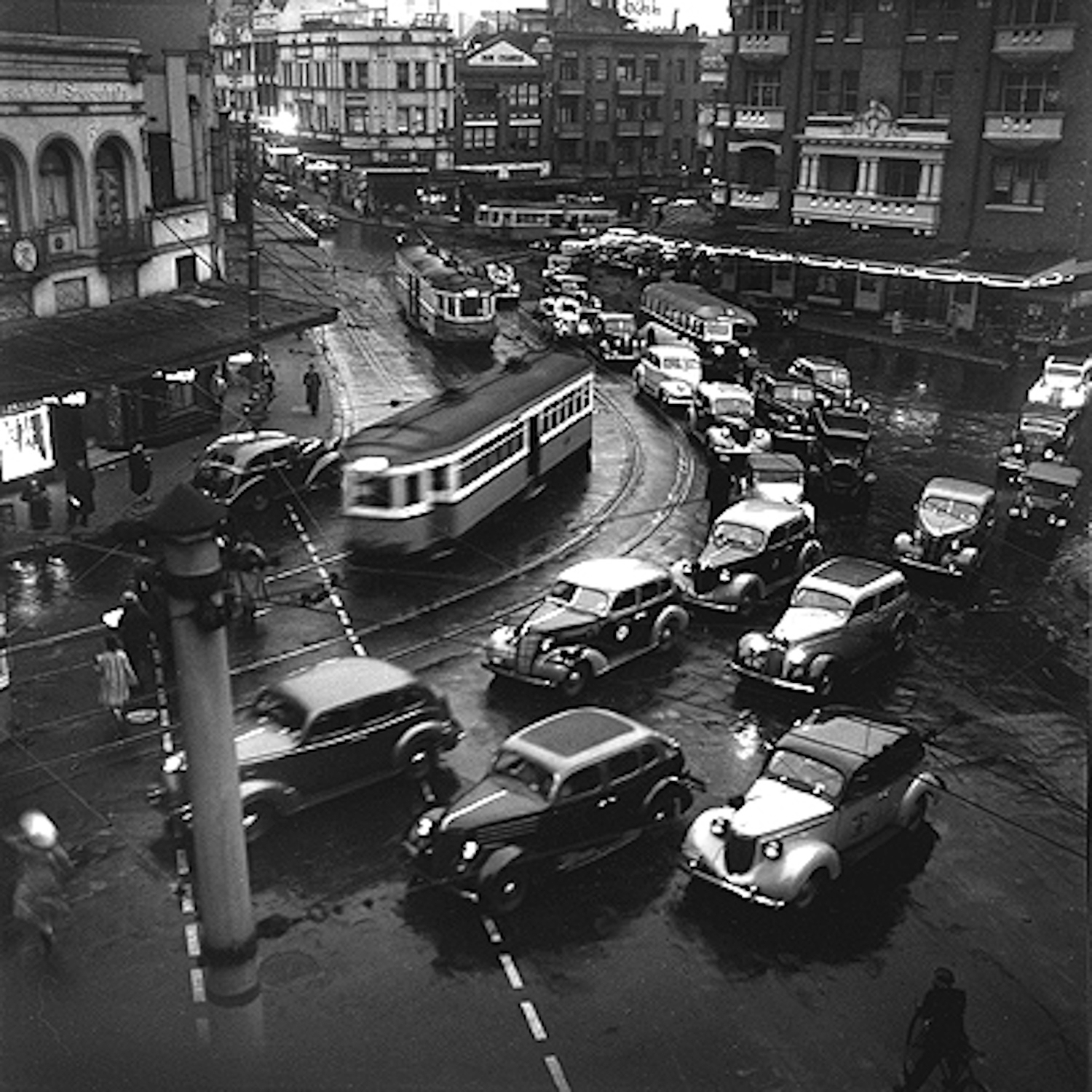– WELCOME TO –
MAX DUPAIN PHOTOGRAPHY

THE ICONIC PHOTOGRAPHY OF MAX DUPAIN OBE
Max Dupain was Australia’s most respected and influential black & white photographer of the 20th century. His images capture a long gone era in which Australian society was vastly different from what it is now. With his modernist and documentary orientation to photography, his images demonstrate Dupain’s mastership of light and form.
Dupain was considered the pioneer of modernism in Australian photography, an approach that departed from the sentimentality of soft focused, nostalgic imagery to the simplified world of light contrasts, sharp focus, varying angles and creative compositions. The collection displayed in the on-line gallery represents this style, as well as compositions consistent with his philosophy towards photography. This generally led him to capture the subject in an abstracting, direct, almost symbolic way through lighting, viewpoint, and “after-treatment” during the chemical printing process.
His works are hung in many major galleries including the National Gallery of Australia,. The images found in the galleries in this website are available as digital fine art prints, and to a lesser extent, Limited Edition hand prints made from the original negatives made by Dupain. There are many more of Max’s iconic images, from the exhibition archives, that are not displayed here. Enjoy browsing the galleries and appreciate the creative brilliance and skills of one of Australia’s artistic icons.
Sunbaker 1938 – Australia’s most iconic beach image
The Sunbaker is Dupain’s most well-known portrait and probably Australia’s most iconic image. It was likely taken in early January 1938 while Max and his friends were camping at Culburra Beach on the NSW South Coast. The appeal of the image is in its simplicity, the austerity of the harsh light and surrounds, and the sensual stillness of the male form. The trianguar shape of the arms and shoulders, along with the sensual curves of the profile and the water droplets on the models skin give the Sunbaker its enduring appeal.
It is available in digital fine art and hand printed formats. One of the latter formats is the remastered hand print version that is the largest and highest quality Sunbaker print ever produced. How? We used our hi-res digital file made from a scan of the original negative to produce an ultra-high resolution photographic negative film. At 10”x8” it’s a large negative with a resolution of 60 pixels per millimetre with extremely smooth gradations The negative is used in the darkroom by our world class printer to produce a print using Ilford Silver Gelatin paper with selenium toning for archival stability.
The Sunbaker (1938) is without doubt the most recognisable Australian photographic image. At this large size, its beauty and sensuality becomes more pronounced. The print measures 1385mm wide by 1225mm high with the image being 1200mm by 1020mm high. So if you are considering upgrading your old Sunbaker print, or acquiring a new one, then you might want to consider purchasing this amazing piece of art!
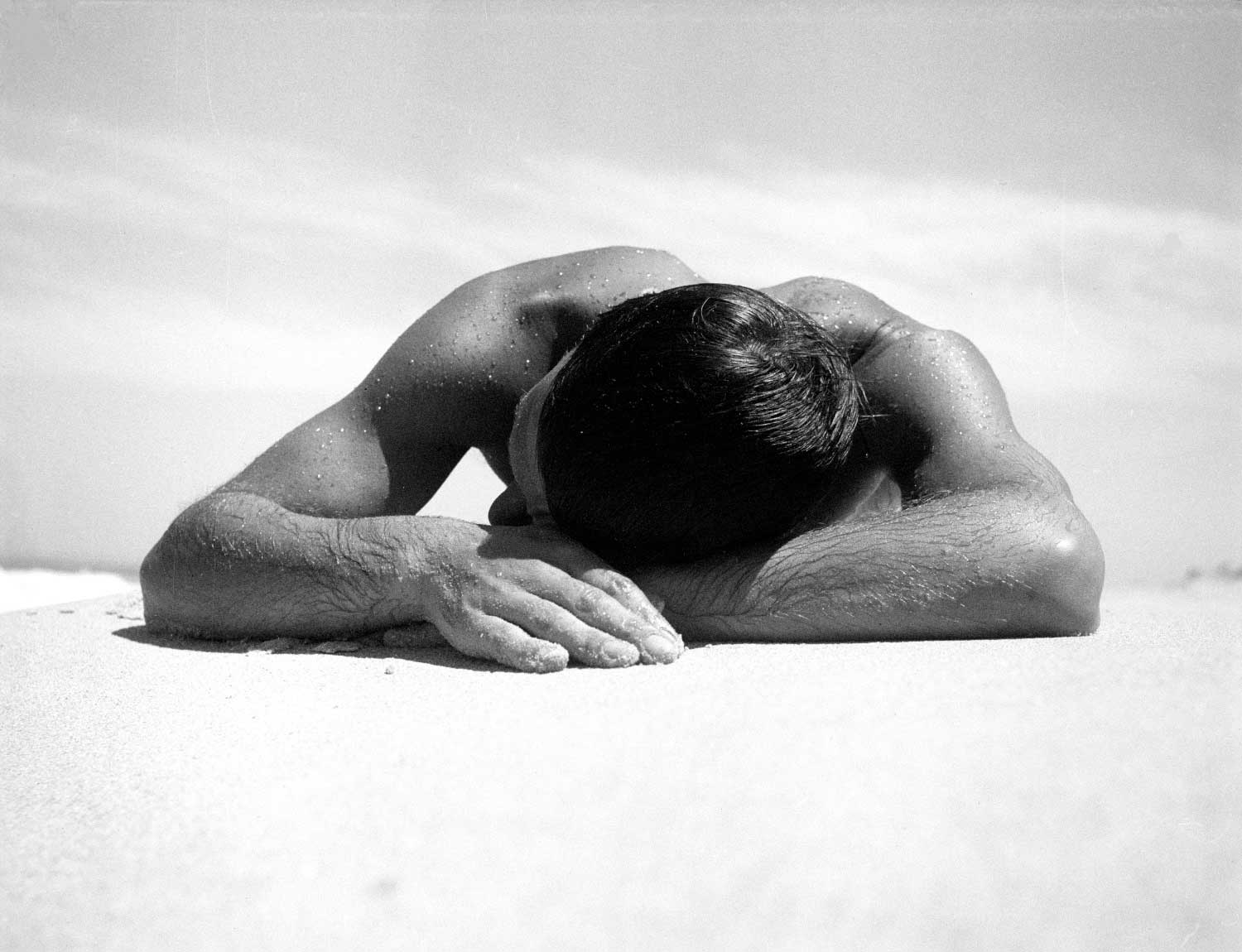
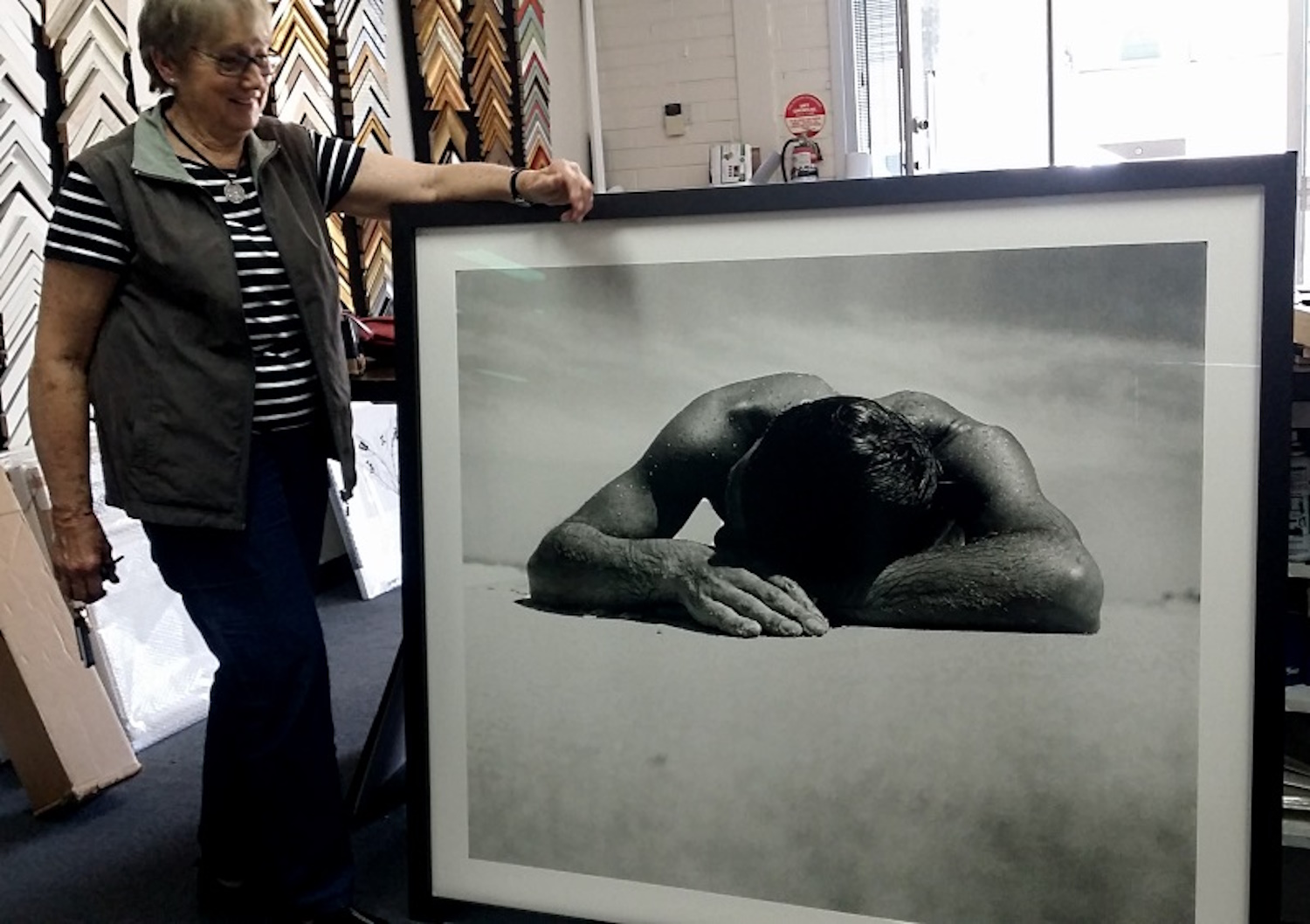
– MAX DUPAIN GALLERY COLLECTIONS –
Dupain’s photographic work covered two broad areas, commercial assignments through his Max Dupain & Associates studio, and his personal photography conducted in his spare time. It is the latter body of work that he bequeathed to his longtime studio manager, Jill White, of which a small fraction of the 28,000 negatives are available here.
All the images in the folowing galleries, except the Vintage and Exhibition galleries, are available as fine art prints although a very limited range are also available as hand printed Limited Edition prints as well as prints made by Max Dupain. If you are after a Dupain image (not a commercial image) and it is not in the following galleries, we can access the archive to search for it. Enjoy the galleries!
